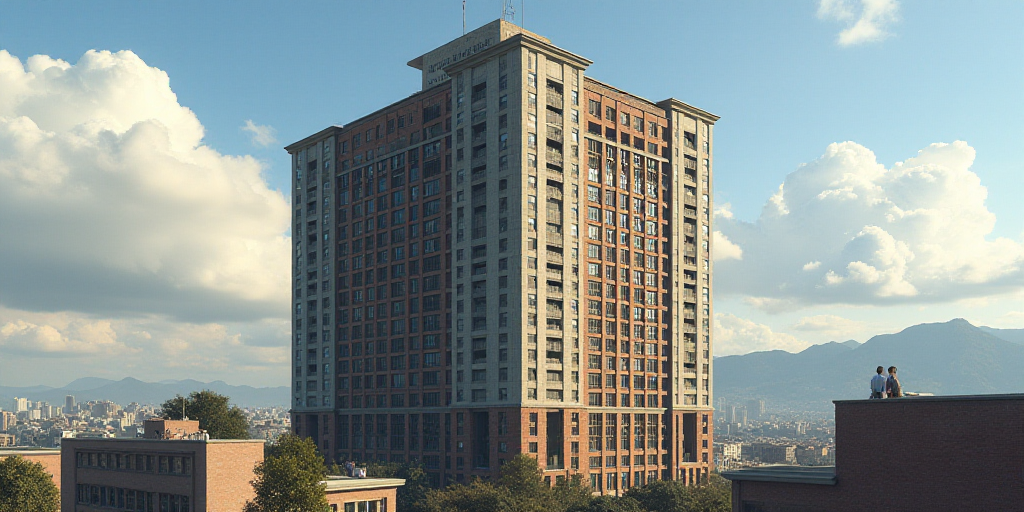Introduction
As Mexico City continues to verticalize its urban landscape, the recent commemoration of the September 1985 and 2017 earthquakes has reignited discussions on structural safety and skyscraper development in a complex, seismically active region.
Expert Insights on Skyscraper Construction
According to experts, there are three crucial aspects for high-rise buildings in Mexico City:
- Deep Foundations: Given the soft soil conditions, such as those found in the Lago de Texcoco area, deep foundation techniques are essential to ensure stability.
- Horizontal Displacement Control: Buildings must be designed to manage horizontal movements caused by seismic activity.
- High-Performance Materials: Utilizing advanced materials enhances a building’s resilience and safety during earthquakes.
The Importance of Deep Foundations
Deep foundations are critical for skyscrapers in Mexico City due to the soft soil conditions, particularly in areas like Lago de Texcoco. These foundations transfer building loads to deeper, more stable soil layers, ensuring structural integrity and minimizing settlement.
Experts recommend using techniques such as piles, drilled shafts, or caissons to establish deep foundations. These methods distribute the building’s weight more evenly and reduce the risk of damage during seismic events.
Managing Horizontal Displacements
Seismic activity often causes horizontal movements that can compromise a building’s structural integrity. In Mexico City, where earthquakes are frequent, it is crucial to design buildings that can accommodate these displacements.
Engineers employ various strategies to manage horizontal displacements, including base isolation systems and energy dissipation devices. These techniques absorb and redirect seismic forces, protecting the building’s structure.
High-Performance Materials for Enhanced Safety
The use of advanced materials significantly improves a skyscraper’s resilience during earthquakes. Engineers prioritize materials with high strength-to-weight ratios, ductility, and energy absorption capabilities.
Some examples of high-performance materials include:
- High-Performance Concrete (HPC): HPC offers increased compressive strength, durability, and resistance to seismic forces.
- Fiber-Reinforced Polymers (FRP): FRP composites provide enhanced tensile strength and crack resistance, contributing to a building’s overall stability.
- Base Isolation Bearings: These bearings absorb seismic energy, reducing the forces transmitted to a building’s structure.
Key Figures and Their Impact
Prominent figures in Mexico City’s skyscraper development include architects and engineers like Fernando González Compeán and Alberto Kalach. Their work has shaped the city’s skyline while prioritizing structural safety and seismic resilience.
These professionals have contributed to the implementation of advanced foundation techniques, innovative design solutions for managing horizontal displacements, and the integration of high-performance materials in skyscraper construction.
Key Questions and Answers
- What are deep foundations, and why are they important for skyscrapers in Mexico City? Deep foundations transfer building loads to stable soil layers, ensuring structural integrity and minimizing settlement in soft soil conditions.
- How do engineers manage horizontal displacements caused by earthquakes? Engineers use strategies such as base isolation systems and energy dissipation devices to absorb and redirect seismic forces.
- What are some examples of high-performance materials used in skyscraper construction? High-Performance Concrete, Fiber-Reinforced Polymers, and Base Isolation Bearings are examples of materials that enhance a building’s resilience during earthquakes.






